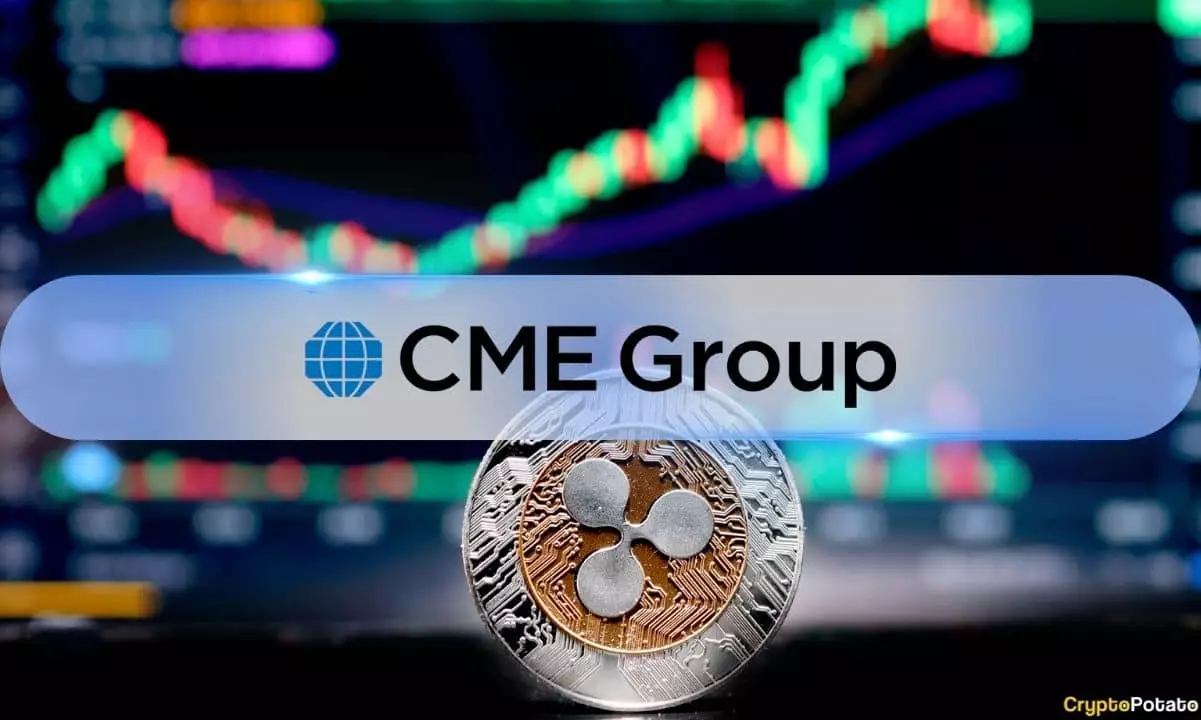XRP has been a polarizing asset in the cryptocurrency world, championed by some as a revolutionary force in digital payments while facing substantial scrutiny due to regulatory hurdles. The Chicago Mercantile Exchange’s (CME) decision to launch futures contracts for XRP on May 19 is a noteworthy attempt to legitimize Ripple’s token and provide institutional investors with new avenues to engage in this volatile market. However, while the idea of futures trading may sound appealing, there are significant risks that potential investors need to consider before diving into this newly minted offering.
The Implications of Regulatory Uncertainty
Undoubtedly, regulation has been the thorn in Ripple’s side for years, particularly following the ongoing legal entanglements with the U.S. Securities and Exchange Commission (SEC). The recent ruling by Judge Analisa Torres, who dismissed Ripple’s motion for a settlement in a lawsuit alleging that XRP constitutes a security, exemplifies the precariousness surrounding this token. By creating futures contracts against this backdrop of uncertainty, the CME seems to be wading into murky waters. While some might argue that this legitimizes the cryptocurrency further, one cannot overlook the ticking time bomb that federal regulations represent. If the SEC were to classify XRP definitively as a security, could futures contracts suddenly become obsolete?
The Volatility Factor
Let’s face the facts; cryptocurrency by its very nature is linked to extreme volatility. While the futures contracts offer cash-settled exposure to XRP’s price movements, the inherent volatility means that trading these contracts can be a double-edged sword. For example, future traders could face sudden price swings, which could lead to significant financial losses in a very short time frame. Although the offerings split contractors into standard and micro contracts to accommodate different strategies, this division provides little solace when facing rapid market fluctuations. Investors should be acutely aware that even with institutional backing, XRP’s trajectory can shift drastically based on market sentiment, news cycles, or, as seen recently, legal scenarios.
Limited Advantages Compared to Physical Ownership
For all the buzz surrounding XRP futures, the reality remains that they do not offer the tangible benefits associated with actual ownership of XRP. Contracts are designed to capitalize on price changes without requiring the investor to hold the digital asset directly. This, while convenient, does not afford the safety or advantages of having direct access to the underlying cryptocurrency, such as staking opportunities or potential utility in real-world transactions. If you’re in it for the long haul, futures contracts may not provide the substantial returns or opportunities for capitalizing on network growth that owning XRP could afford.
Trading Hours and Access
The CME plans to observe a structured trading timetable from Sunday to Friday, with designated break periods, which could be off-putting for day traders or those wishing for around-the-clock access. In a world where cryptocurrency markets run 24/7, limiting trading hours to a more traditional schedule can hinder the ability of traders to react swiftly to market developments. Investors who thrive on off-hours trading might find this concerning, as it may restrict their ability to capitalize on rapid market fluctuations that often occur during non-traditional hours.
The Psychological Impact of Futures Trading
Finally, the psychological element of trading cryptocurrency futures can’t be overlooked. The leveraged nature of futures can lead to destructive behavior, especially among novice traders who might misjudge their risk tolerance or overextend their positions. Now, sprinkle in the challenges posed by the current bearish sentiment in the crypto market, and you have a recipe for considerable stress and anxiety that can cloud judgment.
While some investors may view the introduction of XRP futures as an exciting opportunity, a deeper examination paints a picture of significant risks and uncertain waters. Proceeding without fully grasping these complexities could lead to miscalculations that haunt investors long after the initial excitement fades.
















Leave a Reply